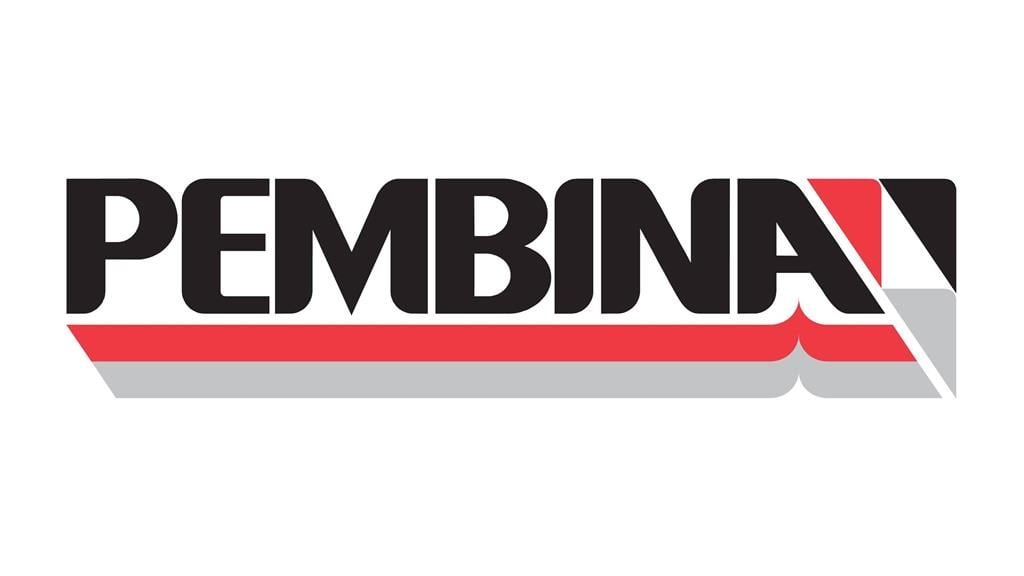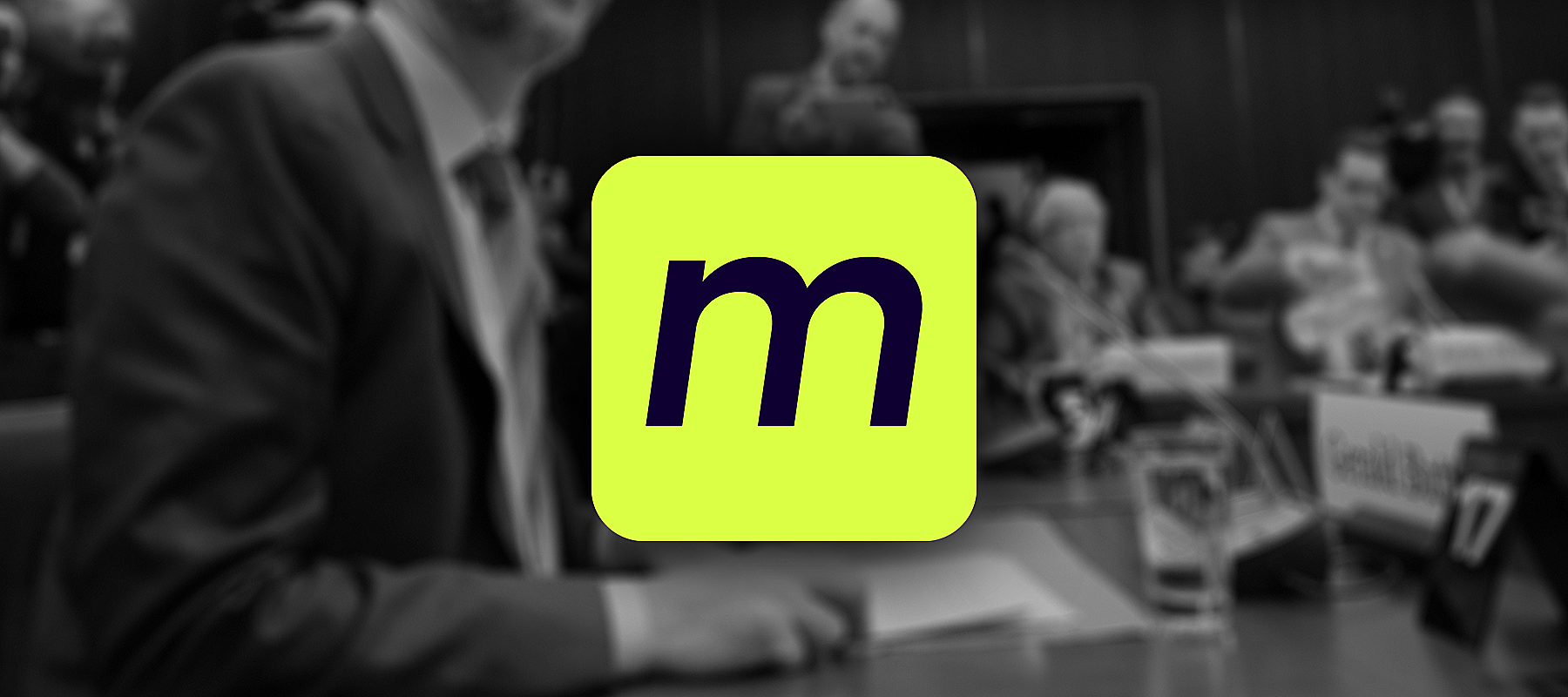
Interest only mortgage
Alexander Raths / Shutterstock
Updated: March 04, 2024
Mortgage payments make up a chunk of your monthly budget. That expense can sometimes feel like it’s making it impossible to get ahead, especially if you’ve got other expensive debts, like credit card balances or car payments.
The good news is you can get some temporary relief from those payments in the form of an interest-only mortgage, which requires the borrower to make only the interest payments on a mortgage, for a set amount of time.
The principal is typically repaid at a later date via lump sum or in scheduled payments, once you convert from an interest-only mortgage to a traditional mortgage.
Interest-only mortgages aren’t for everyone. While they allow you to defer costs for a while, they end up costing the borrower more in the long-run. They're also harder to get in Canada and are only offered by private and alternative lenders, so regulation isn’t as strict as traditional mortgages.
Still, the breathing room offered by interest-only payments might be just what you need to get your finances back in order, so read on to learn everything you need to know about interest-only mortgages.
Understanding interest-only mortgages
First, it’s important to understand that interest-only mortgages don’t just require you to pay interest. The principal will have to be paid eventually. But that’s the point of a mortgage anyway – they’re a way of financing a home so that you eventually own it outright.
An interest-only mortgage requires you to pay the interest part of your loan for a set amount of time, such as the first few years of the mortgage. Unlike regular mortgages where your payments chip away at both the interest and the loan amount (the principal), with interest-only mortgages, it's just the interest that gets paid.
These interest-only payments can stick around for a set period or they could last for the whole loan term.
While it's nice to have lower payments for a bit, the downside is you're not building up any ownership in your home during that time. Plus, when the interest-only phase wraps up, get ready for a hefty jump in your payments, which can catch people off guard.
Pros and cons of an interest-only mortgage
Pros
-
Lower initial payments: Deferring principal costs means lower mortgage payments, freeing your cash flow up for other things.
-
Investment potential: You can use the extra money to invest in other things that might yield high returns, like stocks or other real estate opportunities.
-
Debt paydown: Freeing up that extra cash can be put toward pricier debts.
Cons
-
Higher interest costs: While you aren't paying your principal with an interest-only mortgage, you also aren’t building equity. Those additional interest payments add up and end up costing you more in the long run, once you convert to a traditional mortgage and start paying down the principal – which will also include interest payments.
-
Risk of negative equity: Since you aren’t building equity, you run the risk of your loan going “under water”, which means ending up owing more than the property is worth.
-
Potential increased payments: Once the loan transitions to a traditional mortgage, you’ll face higher mortgage payments, which could come as a shock and require re-budgeting.
Factors to consider with interest-only mortgages
Interest-only mortgages can be beneficial in the short-term if you use the additional savings responsibly. That may mean paying down debts or investing in other areas. If you’re facing short-term hardships, such a job loss, and need a little breathing room, having to pay just the interest your home loan could be the thing to tide you over until circumstances improve.
You’ll need to take a close look at your budget if you’re considering an interest-only mortgage. Don’t choose one if you’re just going to blow the money you save. Carefully consider how you’ll use the money and determine whether or not taking on the extra costs makes sense for your short- and long-term financial goals and plans.
Comparison between interest-only and traditional mortgages
With a traditional mortgage, each payment is split between interest and principal, meaning you build equity while paying back the cost of the loan.
With an interest-only mortgage, on the other hand, the entire payment goes toward interest, meaning you aren’t building equity.
You’ll have lower overall payments with an interest-only mortgage, but the principal won’t be paid down at all. This ends up costing you more in the long-term, since you’re choosing to pay more in interest over time.
Interest-only mortgage and home equity
The great thing about traditional mortgages is they allow people to buy homes and build equity over time while paying back a loan. The overall cost of a mortgage depends on the size of the loan and the interest rate you agree to with the lender.
Each payment you make goes toward paying interest and building equity – meaning you own a larger percentage of your home with each payment.
With an interest-only mortgage, however, you aren’t building that equity. You’re essentially in a holding pattern; you pay interest, but don’t chip away at the overall cost of the home.
Building equity is important for homeowners. It gives them more borrowing power (say, if they want to leverage your home to take out another loan, such as a HELOC), and helps build net worth. So, choosing an interest-only mortgage is a decision that should be carefully considered.
Interest-only mortgage and real estate
Interest-only mortgages make up a very small portion of mortgages in Canada. They aren’t offered by the banks or prime lenders and can only be gotten through alternative lenders. The reason they aren’t offered by conventional lenders is that they aren’t allowed under current banking regulations. And that’s because the government has deemed them riskier than traditional mortgages.
If interest-only mortgages were to become more popular, they could have an impact on the real estate market in Canada, affecting affordability, home prices and market stability, and regulations. That’s because they can be used to purchase homes that a person otherwise might not be able to afford, since they come with lower mortgage payments.
Managing an interest-only mortgage
If you’re set on getting an interest-only mortgage, you’ll want to make a plan for managing it. Your payments might be lower for a short period of time, but they’ll eventually increase when you convert to a conventional mortgage.
Take a look at the mortgage terms. How long are you expected to pay interest-only? Keep in mind that when that time is up, you’ll either have to get a new mortgage term or start making regular payments, which will include principal and interest.
When that time comes, make sure your budget can handle the additional costs. If not, you’ll likely have to look at alternative plans, such as selling your home.
Tools and resources
A mortgage calculator is a great tool to use when crunching the numbers of a potential home purchase. They let you play around with numbers and determine how much house you can afford. Let’s look at an example.Using our mortgage calculator, we’ll assume a home price of $500,000, a down payment of $100,000, a mortgage rate of 2.5%, an amortization period of 25 years, and a mortgage term of 5 years. In this example, your monthly costs for a traditional mortgage would be $1,794. Now, let’s take a look at what a similar home would cost per month with an interest-only mortgage. The calculator doesn’t do interest-only mortgages, so we’ll have to get a bit crafty.
- Annual interest rate = 2.5%
- Loan amount = $400,000
- Monthly interest payment = ($400,000 * 0.025) / 12
- Monthly interest payment = ($10,000) / 12
- Monthly interest-only payment = $833.33 (approximately)
While that lower monthly cost might seem enticing, remember that it covers just the interest – you wouldn’t be building an equity.
Interest only-mortgage and line of credit
You can have an interest-only mortgage and a line of credit as well. You might even be able to get a line of credit using your home equity (if you’ve built some up) to get a home equity line of credit (HELOC). If you fall on tough financial times, an interest-only mortgage and line of credit could tide you over until things improve.
It’s possible to use both as part of your financial plan, but would take careful consideration. Debt can be a slippery slope and taking too much on can make you feel over-leveraged. If you can, speak to a financial advisor before considering combining the two.
The bottom line
Interest-only mortgages aren’t common in Canada but are available – at a cost. While they allow you to lower your monthly payments – which might be a good short-term solution – they end up costing you more in the long run, since you’re taking on additional interest. At the end of an interest-only mortgage, you‘ll need to convert to a traditional mortgage, which will come with higher monthly payments.
Regardless of the type of mortgage you choose, you should set a budget for the short- and long-term to understand how it will impact your finances.

Justin is a writer and editor who has been covering personal finance for over 10 years. He's written for companies such as KOHO, Ratehub, BMO, Zoocasa, and Questrade, among others. Justin also created a course in Content Creation, which he taught at York University for four years. When not writing, Justin can be found at a live concert, on the golf course, riding a motorcycle, or sailing.
Disclaimer
The content provided on Money.ca is information to help users become financially literate. It is neither tax nor legal advice, is not intended to be relied upon as a forecast, research or investment advice, and is not a recommendation, offer or solicitation to buy or sell any securities or to adopt any investment strategy. Tax, investment and all other decisions should be made, as appropriate, only with guidance from a qualified professional. We make no representation or warranty of any kind, either express or implied, with respect to the data provided, the timeliness thereof, the results to be obtained by the use thereof or any other matter.





